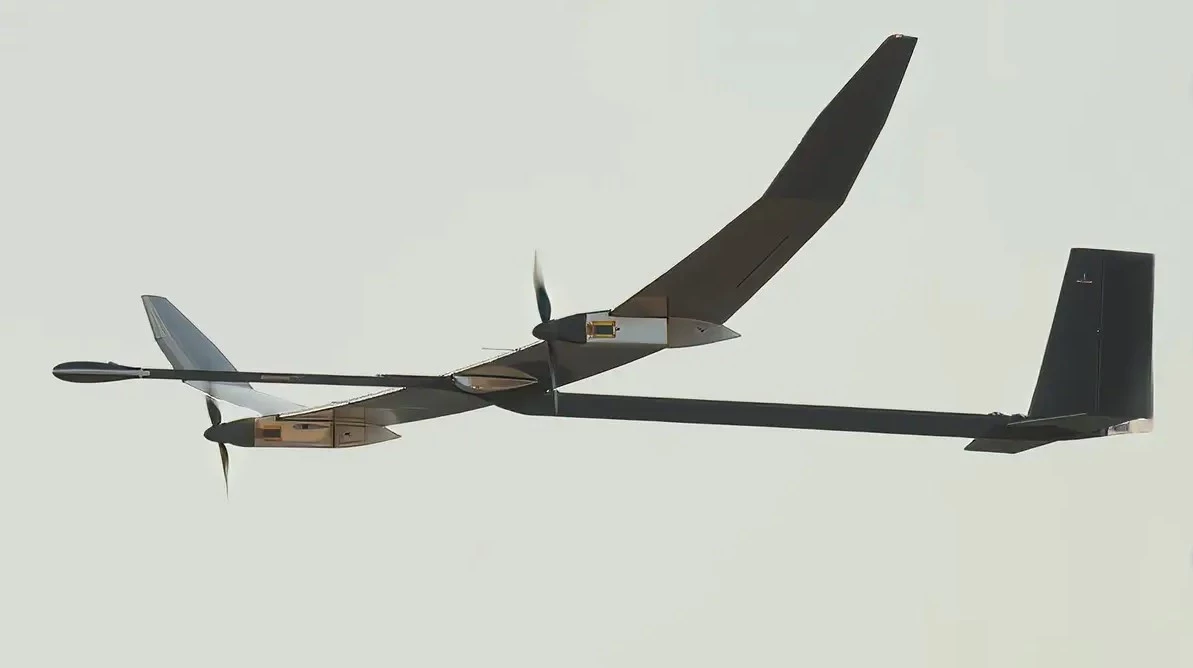In a sky-high, 24-hour test flight, BAE System successfully sent its High Altitude Pseudo Satellite (HAPS) Uncrewed Aerial System (UAS) PHASA-35 solar-powered drone into the stratosphere, reaching an altitude of over 66,000 ft (20,000 m).
The recent trial by a team of British engineers took place on June 25, 2023 in the skies over Spaceport America in the White Sands Missile Range in New Mexico and represents a new phase in the PHASA-35 project, which began in 2018 and saw its maiden flight in 2020. The recent test was sponsored by the US Army Space and Missile Defense Command Technical Center.
With a wingspan of 35 m (115 ft) and capable of carrying a 15-kg (33-lb) payload, the solar-electric drone includes advanced composites, energy management systems, solar electric cells, photo-voltaic arrays, and rechargeable batteries. The batteries are likely very light because the soaring properties of the PHASA-35 mean it can glide for quite some time at night and then gain altitude after dawn.

PHASA-35's purpose is to create an uncrewed aircraft that can remain aloft for a year at a time, circling over a wide area above the weather and air traffic where it can act as a pseudo-satellite. Its primary intended use is as a military reconnaissance and command and control platform that can be quickly deployed over a region. In addition to carrying sensors, it can also be used as part of a communications network to provide 4G and 5G coverage and other forms of data transmission in the event of natural disasters, for supporting border patrols, and as an alternative to conventional airborne and satellite systems for commercial applications.
"PHASA-35 is breaking new ground – opening up the stratosphere to new possibilities," said Cliff Robson, Group Managing Director for BAE Systems’ Air Sector. "The team, which brings together BAE Systems’ know-how from across the globe with innovative solar and power management technologies, demonstrated tremendous commitment and ambition as they tackled the challenges associated with novel technologies and approaches. This partnership approach is key to our ability to enhance our defense expertise with new thinking and technologies."
The video below recaps the flight.
Source: BAE Systems





